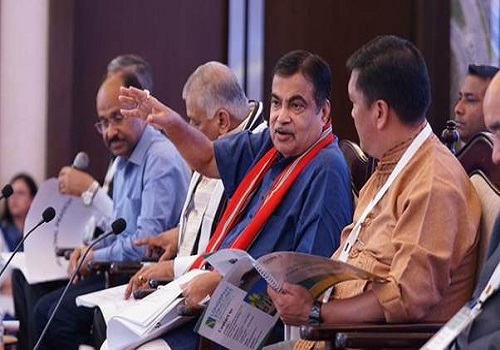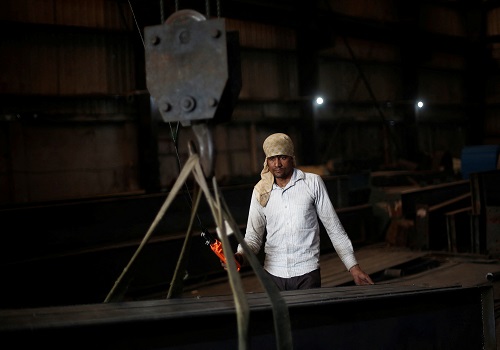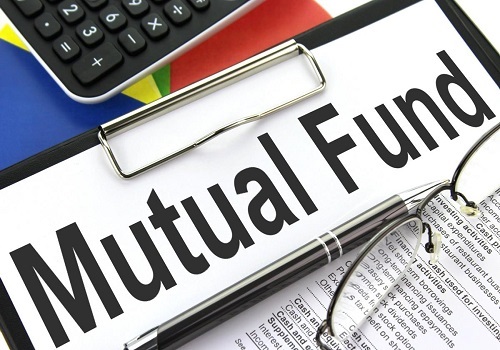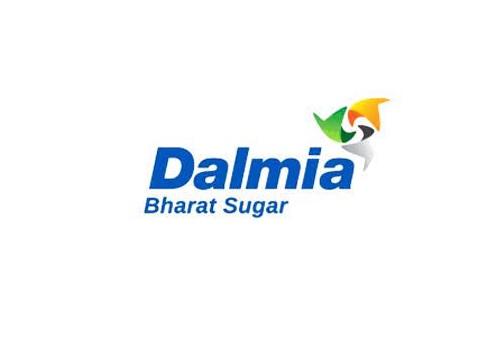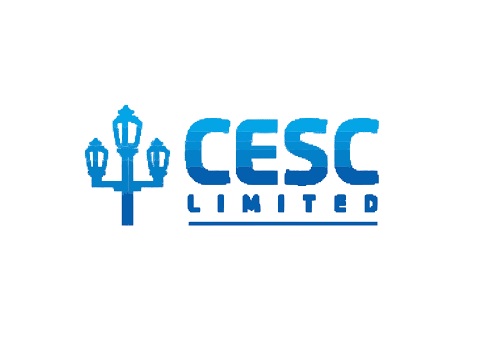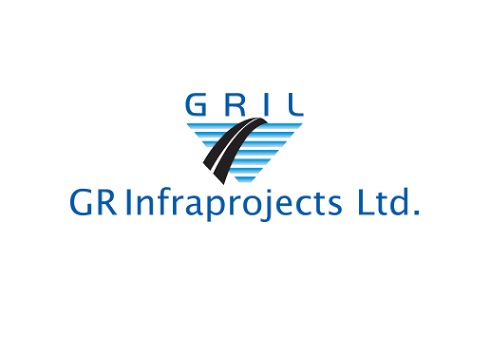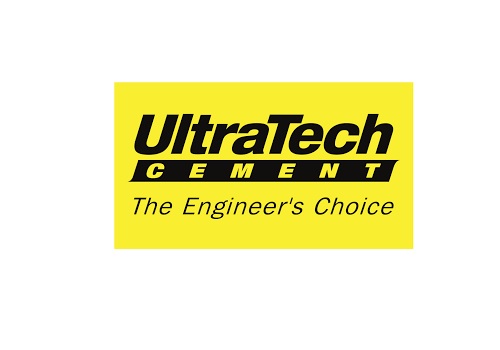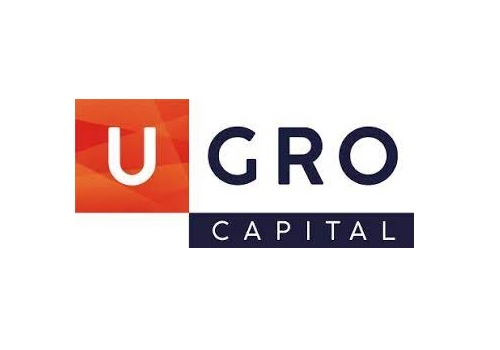Add Piramal Enterprises Ltd For Target Rs.2,922 - ICICI Securities
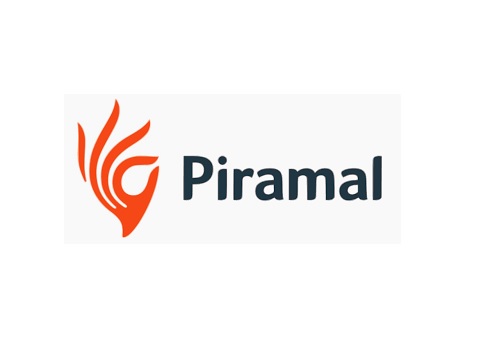
Follow us Now on Telegram ! Get daily 10 - 12 important updates on Business, Finance and Investment. Join our Telegram Channel
DHFL integration without any incremental hit; leveraging acquired network key going forward
Piramal Enterprises’ consolidated financials, post DHFL integration and completion of review by auditors, were key to watch out in Q2FY22 earnings. The fair value of DHFL assets acquired was pegged at Rs203bn (Rs185bn of retail + Rs20bn of wholesale book), netting of cash on DHFL’s book (net of creditors entitlement) of Rs140bn from purchase considerations of Rs342.5bn. There were no incremental GNPAs against net assets acquired and the extent of mark-down of >50% suggests adequate buffer for any unforeseen risks. Adjusting for onetime expense of Rs1.43bn related to transaction cost (including stamp duty) for DHFL acquisition, it reported Q2FY22 normalised net profit of Rs5.4bn (against our expectations of Rs5.8bn). Effectively leveraging the acquired network to cross-sell existing retail products will be key going forward. On consolidated financials, we now derive target price of Rs2,922 (earlier Rs2,933) based on SoTP methodology and upgrade the stock to ‘ADD’ from Hold. Factors that can further drive up valuation: i) Optional value of utilisation of unallocated equity, ii) better than expected recoveries from DHFL marked-down portfolio.
* DHFL integration post significant mark-down of assets acquired: The company has completed the DHFL acquisition and AUM thereby was up 42% QoQ to Rs670bn post the merger with PCHFL (compared to Rs470bn in Q1FY22). It has significantly marked-down and provided for the gross portfolio of DHFL of Rs447bn and finally the fair value of DHFL assets acquired on consolidated balance sheet was Rs203bn. The consideration paid for DHFL acquisition was Rs342.5bn against which there was cash on DHFL’s book (net of creditors entitlement) of Rs140bn. So the balance is allocated towards assets acquired and Rs203bn is reflection of fair value discovered in the bidding process for purchase-price consideration. With this extent of mark-down, the company believes there is an adequate buffer to meet any unforeseen risk. It is deploying recovery tools (collection models, recovery prioritization, etc.) to effectively manage recoveries. Better-than-expected recoveries or performance behaviour will only provide upside risks.
* Retail dominates with >90% value; wholesale was marked-down substantially: Of the fair value of assets acquired, retail portfolio dominated with Rs185bn and balance was assigned towards the corporate book. Retail AUM rose 4.3 times QoQ to Rs223bn. Share of retail AUM increased to 33% in Sep-21 (12% in Mar-21).
* Performance rebounding for its set of developers: Performance of PEL’s developer clients has witnessed strong rebound: 1) Developer sales were up 1.6x YoY with broad-based growth across affordable, mid-market and luxury projects; 2) developer collections from homebuyers have more than doubled YoY in Sep’21 catching up to Mar’21 levels; 3) construction activity and labour availability is back to normal after a marginal decline in Q1FY22. Though there isn’t much risk to collections, sales momentum gaining traction will be critical.
* Gross stage-3 down in absolute terms; no incremental stress from DHFL net loans acquired: There were no incremental GNPAs or NNPAs against DHFL net loans acquired as assets have been fairly valued. Gross stage-3 in absolute term was down from Rs20.3bn to Rs19.5bn. So on expanded consolidated AUM, GNPA declined to 2.9%. It now carries provisioning of Rs26.8bn, equivalent to 4% of the combined AUM and 5.8% of wholesale assets. Consequently, there was a release of provisions of Rs650mn in Q2FY22. In Q3FY21, PEL invoked OTR for loans worth Rs17bn (3.8% of loan book), post that no additional accounts were restructured in Q4FY21/Q1FY22. The management highlighted cumulative restructured pool as of Sep’21 is ~2% of the consolidated portfolio. We are building in credit cost of 1.2%/1.5% (excluding recoveries from DHFL portfolio) for FY22E/ FY23E, respectively.
* Considerable progress in its financial services transformation: Piramal Group has witnessed considerable progress in its strategic financial services business transformation through the acquisition and merger of DHFL and planned demerger of pharma business for simplification of its corporate structure.
* Phase-1 had been of consolidation where it has i) raised capital and improved capital adequacy; ii) deleveraged the business; iii) increased granularity of wholesale book; iv) created adequate provisions and strengthened liabilities.
* Phase-2 is of transition + quantum growth wherein i) there is significant increase in loan book size post the DHFL acquisition – creating one of the leading HFCs in India; ii) it is transforming from a wholesale-led to a welldiversified business in near term.
* Phase-3 will be of sustainable growth and profitability wherein it will i) scale-up the overall loan book; ii) leverage DHFL’s platform to cross-sell; iii) significantly increase retail loans’ share to two-third; iv) build a diversified and granular wholesale book.
* Retail transformation underway: The group’s core objective is to transform into a well-diversified lending entity with share of retail rising to 50%. This will primarily be driven by organic build-up of retail lending, leveraging DHFL network, rationalising wholesale lending and making it more granular. It continued with organic build-up of retail increased product suite from 2-7 products in FY21 (will add four more in FY22), expanding to 40 locations and increasing headcount to 1,000.
Retail disbursements gained traction touching Rs5.2bn in Q2FY22, compared with Rs1.9bn in Q1FY22 and Rs4.1bn in Q4FY21. However, with run-off of nonfocused book being higher than incremental disbursements, organic retail book moderated from Jun’21 level. With DHFL retail assets being consolidated, retail AUM within this rose 4.3 times QoQ to Rs223bn. Given the size of network that is added post DHFL acquisition and that too from tier 2-4 locations, once the engine starts firing, monthly disbursements will go up 5-7x in 12-18 months. The company expects that post couple of quarters, disbursement trajectory will be strong enough to offset run-offs from non-focused book. Also, consciously consolidating wholesale book will take retail:wholesale mix to 50:50 in medium term. Collection efficiency recovered to 99% in Sep (from 96%/98% in Jun/Jul), similar to that of Mar’21 levels.
* Benefit on cost of borrowing supports NIMs: Despite run-down in high yielding wholesale book, yields (excluding DHFL portfolio) improved 20bps to 13.6%. However, factoring in DHFL portfolio, management indicated retail yields to be tad over 11%. Funding cost, as was anticipated, declined to ~9.5% post the DHFL transaction with issuance of 10-year NCDs at 6.75% as a part of consideration. NIMs sustained at 4.3% (4.5%/3.7% in Q1FY22/Q4FY21).
* Leverage distribution network to cross-sell other retail products: PEL will get access to 0.4mn active customers in Bharat market with DHFL acquisition. It will also leverage branch network of 300 branches/micro branches post the acquisition to cross-sell other retail products. The intention is to be present across 1,000 locations in 3-4 years with focus on tier-2/3/4 cities.
* Demerger to strengthen governance and create value: PEL, post DHFL acquisition and integration, has now announced the demerger of its pharma business and simplification of the corporate structure. Board has approved a scheme of arrangement with the objective of transforming the group from a multisector conglomerate into two separate sector-focused listed entities in financial services and pharma business. The demerger will 1) strengthen the governance architecture for businesses with separate dedicated Boards and management teams; 2) create an optimal capital structure for each of the two businesses; 3) empower and enable both the entities to independently pursue their growth strategies (organically and inorganically) with sharper focus; 4) trigger valueunlocking for PEL shareholders. The demerger is subject to shareholders, creditors and regulatory approvals and the process is expected to take another 9- 12 months.
* Financial services and pharma business well capitalised; no need of capital allocation in medium term: Consolidated net worth (adjusting for noncontrolling stake) stands at 359bn. Of this, Rs295bn rests in financial services arm and Rs63bn towards pharma business. Allocated equity towards financial services business continues to be Rs179bn (compared to Rs184bn due to declaration of dividend); balance Rs115bn still remains unallocated. Currently, both the operating businesses, be it financial services or pharma, are sufficiently capitalised and will not need capital for medium-term growth. However, there are several avenues for deployment of this unallocated equity, e.g. new business, inorganic opportunities or return to shareholders.
* Sequential recovery in pharma business across segments: PEL reported 19.0% QoQ revenue growth in Q2FY22 driven by 28.7% YoY growth in the CDMO and its future growth is supported by strong orderbook. CHG segment grew 8.2% QoQ led by healthy demand for Sevoflurane in the US. Declining covid cases augur well for demand in elective surgeries which should propel growth in CHG segment further. OTC reported a sharp jump of 40.7% YoY amid robust growth in key brands. We remain positive on the growth potential and expect pharma segment to report revenue CAGR of 17.3% over FY21-FY23E.
* Other data points:
* Increase in goodwill of Rs10bn was due to Hemmo acquisition as purchase price allocation was not done and reflected as goodwill. Once it is allocated, it will move out of goodwill.
* Expenses worth Rs1.43bn related to DHFL acquisition pertains to stamp duty to Maharashtra government and other costs related to merger.
* Deferred tax assets are fairly valued and marked down; there is potential tax benefit component which is not considered or quantified in financials at this point in time.
To Read Complete Report & Disclaimer Click Here
or More ICICI Securities Disclaimer https://www.icicisecurities.com/AboutUs.aspx?About=7
Above views are of the author and not of the website kindly read disclaimer












 320-x-100_uti_gold.jpg" alt="Advertisement">
320-x-100_uti_gold.jpg" alt="Advertisement">

